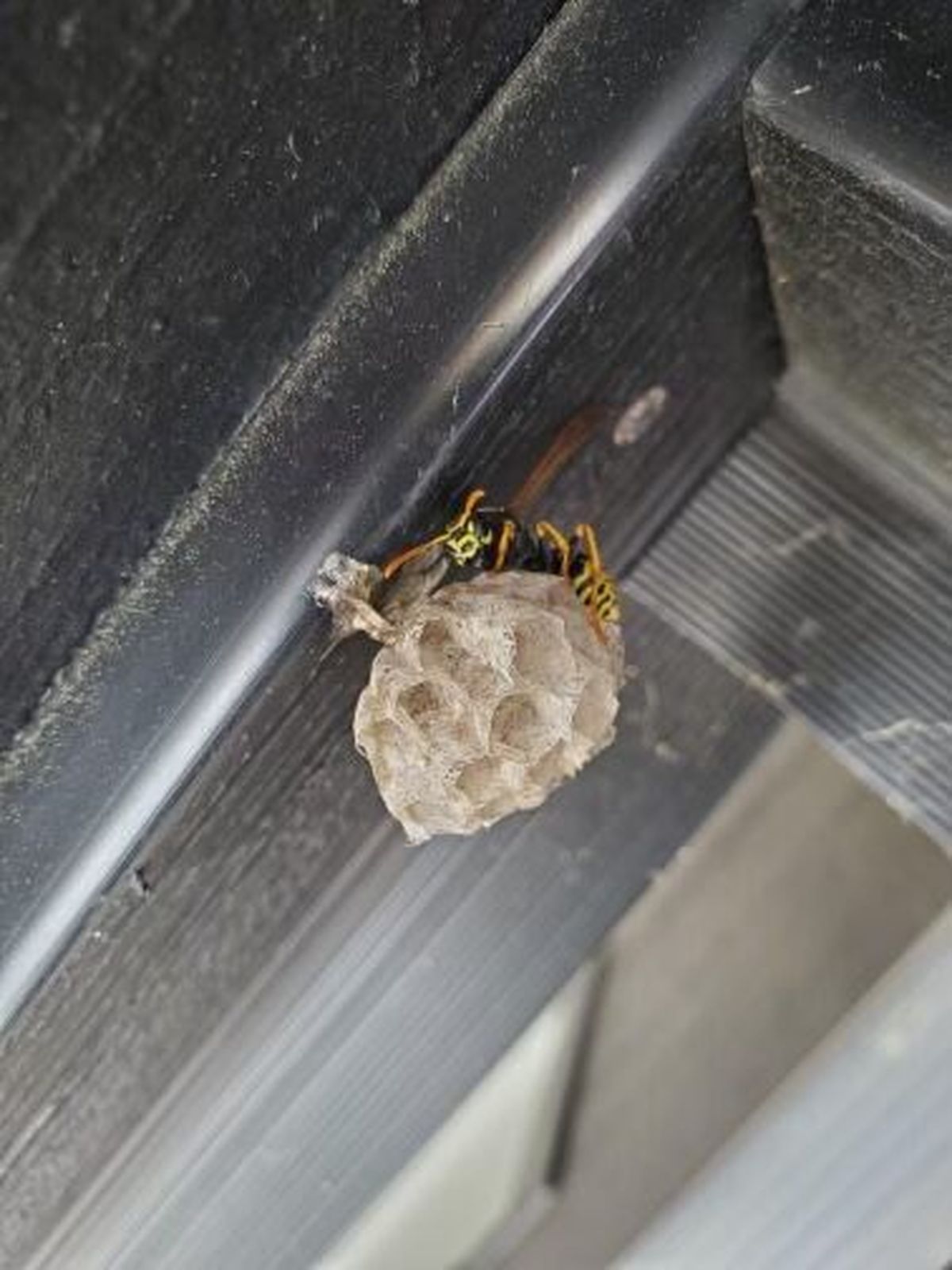Take steps to control wasps at home

Extreme heat in the Spokane area is creating an early onslaught of wasps, and one local pest control company is already bracing for a busy summer as wasp issues begin to mount outside and inside homes.
Rob Cummins, a certified state inspector for Pointe Pest Control, said recent record heat in the Spokane area has accelerated the life cycle of wasps, creating some unusual situations for early summer.
“Rather than having just a few wasps, we’re getting them quicker. The volume is definitely up in a real short period of time,” said Cummins, who added that wasps are even making their way into homes through chimneys and vents to escape the heat.
While wasps are considered beneficial insects, they are also capable of inflicting multiple, painful stings that can create serious health problems for people with wasp allergies.
Pest control specialists deal with many types of wasps in the Spokane area, but nearly 80% of the situations Cummins encounters involve European paper wasps, which have long, slender bodies and tend to build open-faced nests with exposed combs up high on houses around eaves, gutters, lights and even inside roof cracks and crevices.
Cummins said the extreme heat is making wasps more irritable as they hunt for water in planters and pools, while others are aggressive by nature – especially yellow jackets, which resemble paper wasps but are larger and often create nests underground and in crawl spaces of basements and insulation.
“Those are the ones that you’ll be standing 15 feet out looking at a nest, and all of a sudden you’ll see this yellow jacket, he’ll come zooming straight at you,” said Cummins, who advises people to back away slowly without making any sudden movements when confronted by a yellow jacket or any other wasp.
Removing garbage and other debris from around your home may help deter wasps, and many types of wasp-repellent products are available in stores and online, including citronella candles and ultrasonic devices.
But Cummins said their usefulness is limited because they don’t address the main source of a wasp problem: the queens. “You’ve got a queen that’s at the nest, and all she’s doing is laying eggs. If you kill off the workers, she’s hatching more,” said Cummins, who recommends combining year-round wasp control and store-bought sticky traps.
“As it starts to get warmer, get your yellow jacket and your wasp traps out. The more queens you can snag in the springtime, the less you’re going to have around your house,” he said.
Wasp traps are often species specific, so homeowners should make sure they are using the correct trap and bait. Traps should be hung and removed during the cooler morning hours when wasps are less active.
If you do discover a nest on the house that you are able to reach safely, Cummins said you might be able to spray it with a store-bought wasp product on a very cool morning and knock it down.
But for multiple, large nests or wasps that seem aggressive, it is best to stay away and call a pest expert. “We actually come in, kill the nest, remove it, and then we put a product up there that will kill it if the queen returns and tries to rebuild,” Cummins said.
Even if you are controlling wasps at home, keeping them away from outdoor events can be tricky. Cummins offers the following tips:
• Keep food covered.
• Watch drinks carefully to make sure wasps don’t get into them.
• Remove empty food containers and dishes quickly.
• Keep garbage cans away from your event.
• Entertain away from flowers.
• Wear gray clothing. Wasps tend to stay away from it.
• Don’t swat at wasps. Sudden motions may cause them to attack.